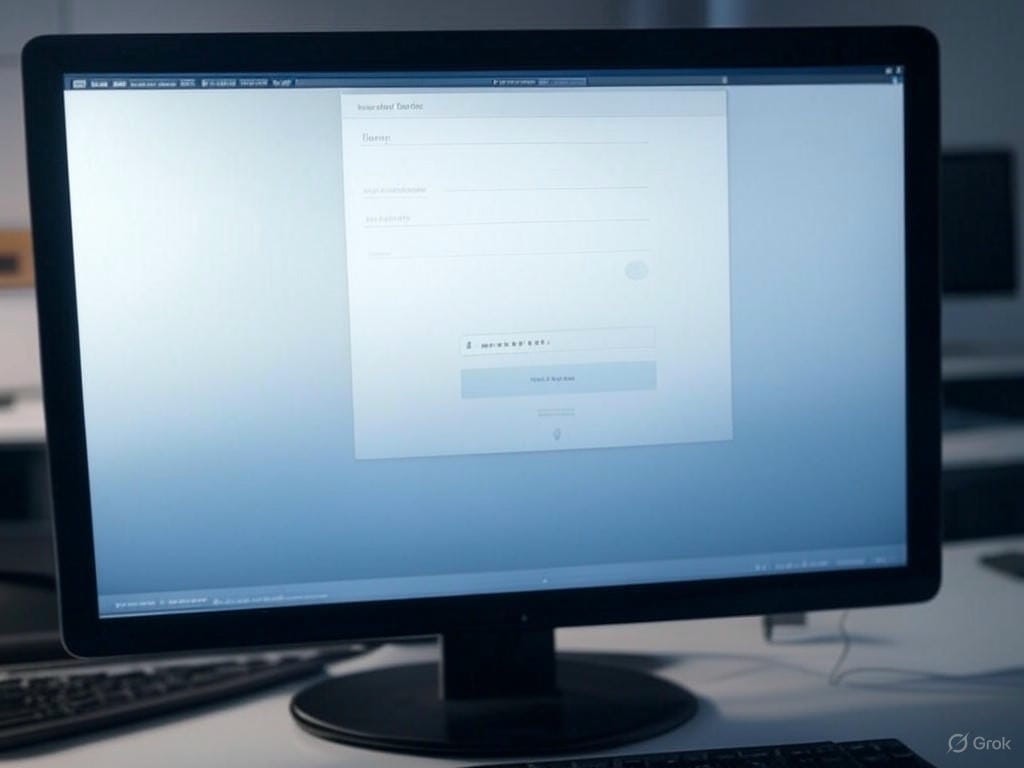Crafting a Robust End-to-End Testing Strategy for User Authentication: Best Practices and Insights
User authentication serves as the critical entry point to any application, safeguarding sensitive data and ensuring that only authorized users gain access. Given its importance, developing a bulletproof end-to-end (E2E) testing strategy for authentication flows is non-negotiable for delivering secure and seamless user experiences. E2E testing validates the entire application workflow from start to finish, mimicking real user scenarios to catch bugs early and enhance software reliability. In this comprehensive guide, we’ll explore how to build an effective E2E testing strategy for user authentication, covering registration, login, multi-factor authentication (MFA), password resets, and essential best practices to optimize your testing process.
Why E2E Testing for Authentication Matters
Authentication is often the first interaction users have with an application, making it a prime target for security breaches if not thoroughly tested. E2E testing ensures that all components of the authentication system—frontend, backend, and integrations—work together seamlessly. As highlighted by industry insights, E2E testing has become a focal point for development teams due to the evolution of tooling and the push for high-velocity product development. By integrating E2E tests into your CI/CD pipelines, you can automate repetitive tasks, reduce human error, and free up QA resources for strategic initiatives, ultimately speeding up release cycles while maintaining quality.
Testing User Registration Flows: Key Steps and Challenges
The registration process is a multi-step journey that requires meticulous testing to ensure a smooth onboarding experience. Key aspects to test include:
- Form Validation: Verify that input fields reject invalid data (e.g., weak passwords or incorrect email formats) and provide clear error messages.
- Account Creation: Ensure the system successfully creates a new user account in the database.
- Email Verification: Test the delivery and functionality of verification emails, a common pain point in automation due to external dependencies.
- Initial Profile Setup: Confirm that users can complete any post-registration steps, such as setting up a profile or agreeing to terms.
Email verification often poses challenges due to its reliance on external systems, leading to flaky tests. A proven solution is to use dedicated testing mailboxes that can be programmatically accessed to retrieve verification links. This approach eliminates unpredictability and ensures deterministic test outcomes, enhancing the reliability of your E2E testing suite.
Comprehensive Login Testing: Covering All Scenarios
Login functionality is the cornerstone of user authentication, and testing must account for a variety of scenarios to ensure robustness:
- Successful Login: Verify that users with valid credentials can access the application.
- Invalid Credentials: Test error handling for incorrect usernames or passwords, ensuring appropriate feedback is provided.
- Account Lockout: Simulate multiple failed login attempts to confirm that the system locks accounts as per security policies.
- Password Recovery: Ensure users can initiate and complete the recovery process through secure channels.
Testing these scenarios ensures that the login process is both user-friendly and secure, protecting against unauthorized access while maintaining accessibility for legitimate users.
Navigating the Complexities of Multi-Factor Authentication (MFA)
MFA adds an extra layer of security but introduces additional testing complexity. Key areas to cover include:
- SMS Verification: Test the delivery and validation of codes sent via text messages.
- Authenticator Apps: Verify compatibility with popular apps like Google Authenticator or Authy.
- Email Codes: Ensure secondary email codes are delivered and functional.
- Recovery Methods: Test fallback options for users who lose access to their primary MFA method.
Automating MFA testing requires simulating real-world conditions, such as network delays or device unavailability, to validate the system’s resilience and user experience under stress.
Streamlining Password Reset Workflows
Password reset functionality is a critical recovery mechanism but often disrupts automation due to its dependency on email delivery. Similar to email verification, using pre-provisioned testing mailboxes allows testers to programmatically retrieve reset links, bypassing the unpredictability of production email systems. Additionally, test the entire workflow—from initiating the reset request to setting a new password—to ensure users can regain access without friction.
Best Practices for E2E Authentication Testing
To maximize the effectiveness of your E2E testing strategy, adhere to these industry-backed best practices:
- Isolate Email Dependencies: Use dedicated email testing systems instead of production providers to avoid delays and ensure consistency.
- Create Isolated Test Accounts: Maintain test accounts with predictable states to avoid interference with production data.
- Test Beyond Happy Paths: Focus on edge cases and security boundaries, such as brute force attempts or expired tokens.
- Simulate Failures: Intentionally introduce API or network failures to test how the system handles errors.
- Automate Where Possible: Automate repetitive tasks like test execution to increase efficiency, but recognize that some scenarios may require manual oversight for nuanced validation.
Integrating E2E tests into various stages of the development lifecycle—particularly after major code changes or before releases—ensures continuous validation of authentication flows. As noted in recent discussions on automation, this approach not only reduces human error but also accelerates feedback loops, enabling faster iterations.
Conclusion: Elevating Software Quality Through E2E Testing
Building a robust E2E testing strategy for user authentication is essential for delivering secure, reliable, and user-friendly applications. By addressing critical areas like registration, login, MFA, and password resets, and by following best practices such as automation and isolated testing environments, teams can catch bugs early and enhance the overall user experience. As authentication remains a cornerstone of application security, investing in comprehensive E2E testing is a proactive step toward building trust with users. What unique authentication edge cases have you encountered in your testing journey? Share your insights in the comments below to help fellow developers strengthen their strategies!

Leave a Reply